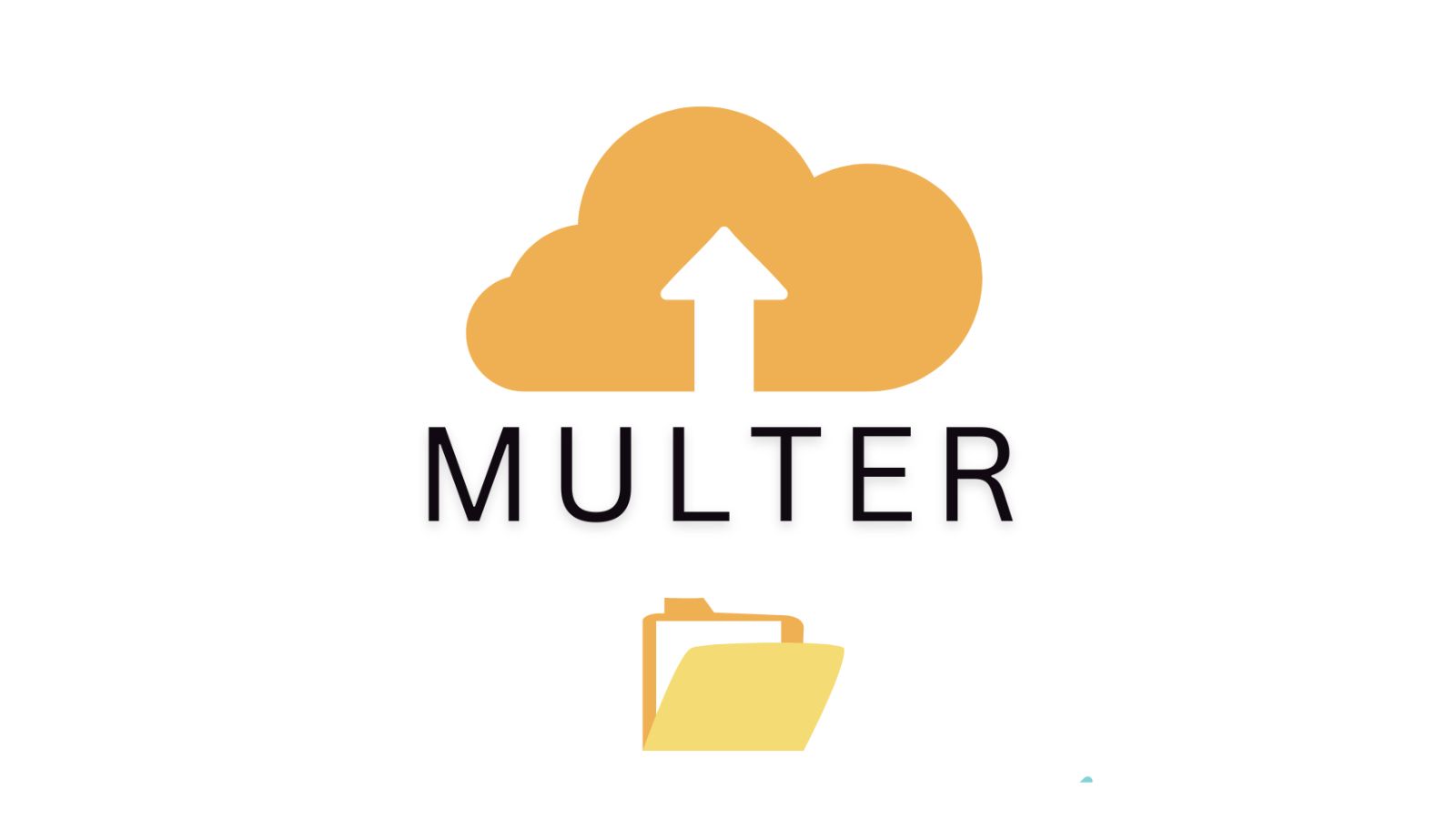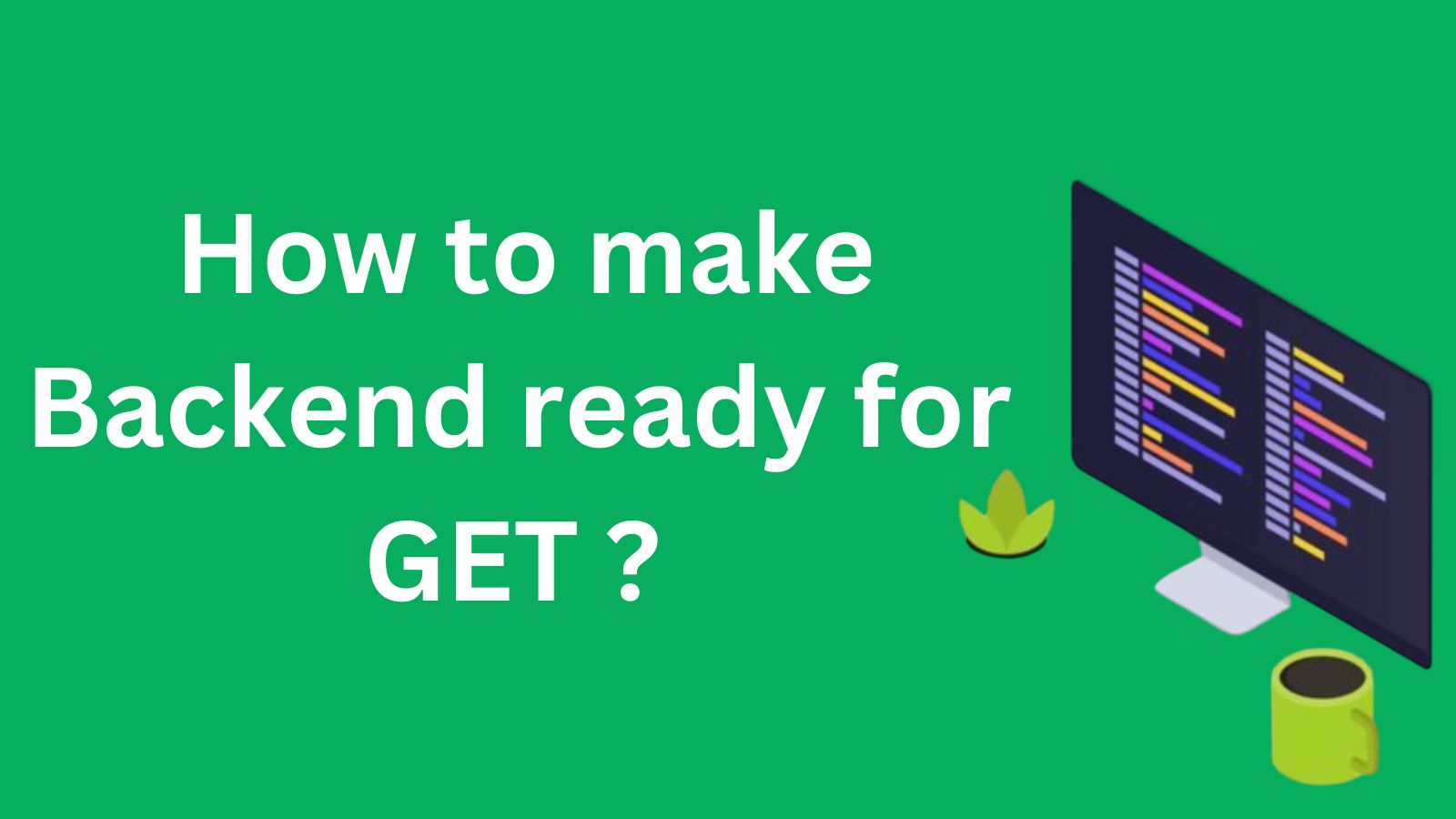NextJS comes with built-in support for env (environment variables). So We don’t need to install them.
- Use
.envto load environment variables - Bundle environment variables for the browser by prefixing with
NEXT_PUBLIC_
Environment variables are typically used to set base urls to api endpoints, secrets like api keys or even environment dependent keys (like: google analytics key).
Create a ‘.env’ file in root folder
// .env
API_KEY = xjdhnbjzhjashdjhas (for using in server side)
NEXT_PUBLIC_BASE_URL = https://mywebsite.com/example/ (for using in browser)To access environment variables in our code, we use process.env
const key = process.env.API_KEY;
const url = process.env.NEXT_PUBLIC_BASE_URL;
console.log('This is your api key', key);
console.log(`This is your base url - ${url}`);Note: when doing in axios in Frontend:
they are useEffect, so it is request from client component, SO YOU NEED TO USE : NEXT_PUBLIC_
useEffect(() => {
axios.get(`${process.env.NEXT_PUBLIC_BACKEND_BASE_URL}/api/all-products`)
.then( (response)=> {
setProducts(response.data);
})
.catch((error)=> {
console.log(error);
});
}, []); 



![Moon Jellyfish has [ Hidden Secrets ] You don't know moon jellyfish](https://spaceupper.com/wp-content/uploads/2022/11/1-1.jpg)

